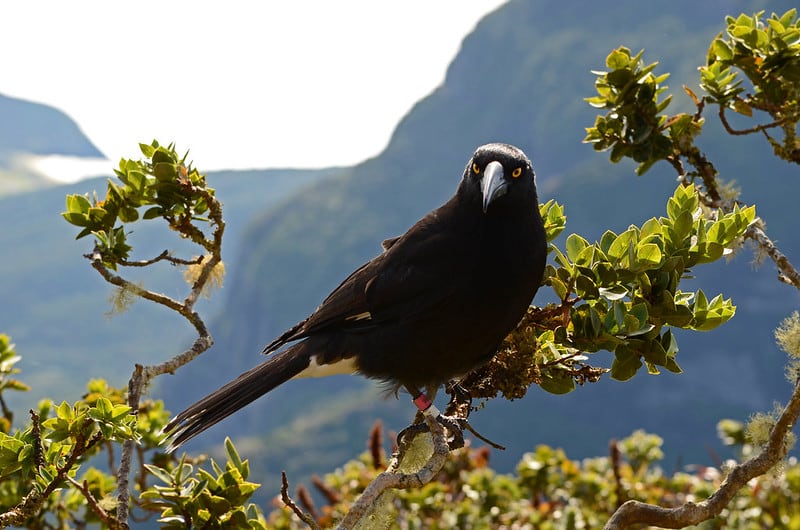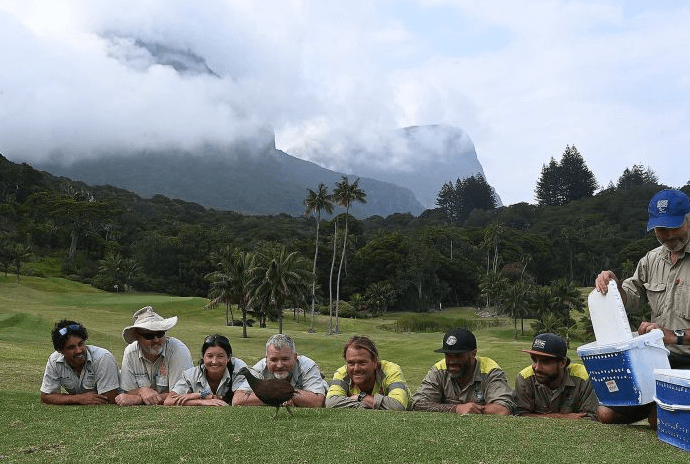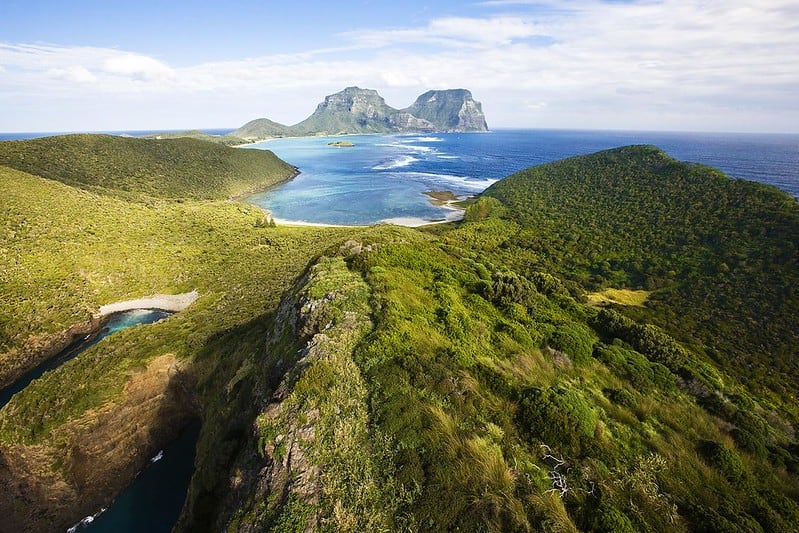Win for endangered Lord Howe Island woodhens

It’s a case of rodents 0 – woodhens 1 on Lord Howe Island, 600 kilometres off the mid north coast of New South Wales.
The island’s entire population of endangered woodhens – moved into captivity, along with Lord Howe currawongs, for their safety during a large-scale rodent eradication program on the world heritage listed island – has been released back into the wild.
The eradiction program, the largest ever attempted on an inhabited island, was undertaken halfway through last year because the rodents had reached huge numbers and were decimating native birds and wildlife as well as crops and gardens.
Endemic only to the island, the woodhens (around 230) and many of Lord Howe Island’s threatened currawongs, were collected and placed in specially designed enclosures on the island before the program began.

A joint project
Taronga Zoo played a vital role throughout and according to the Taronga Zoo Lord Howe Island Captive Management Project supervisor, Michael Shiels, the project was years in the planning.
“We had to sit down and work out what to feed them and how to look after them, and how many staff we would need and what kind of facility we would need to construct,” he said.
“The enclosures had to be mouse-proof and rat-proof and safe for the birds.”
Michael spent around 10 months on Lord Howe during the project.
“It is a great deal of pressure having almost every animal of a single species in the palm of your hand,” he said.
“So to have them out and know we’ve done a good job is an amazing relief, there’s a great sense of achievement and it’s exciting.
“I just got home, it was a big commitment, and also a big commitment from my wife and three kids, as I was on Lord Howe for pretty much the whole time.”

Program logistics
According to Michael, a vital part of the program was figuring out how to capture and release the birds.
Some of the remote, mountain-top territories, which are extremely high and inaccessible, had to be accessed by helicopters.
“We designed a crate that could fly underneath the helicopter with the birds in them, so each bird was in an individual crate within that,” he said.
“There were three layers, so we called it a ‘woodhen hotel’, and it was clipped under the helicopter using a large cable.”

Happy birds
Peter Adams, Chair of the Lord Howe Island Board, said the woodhens and currawongs had both settled back in well and were already breeding.
“The woodhens in the mountains were released earlier,” he said.
“The scientists who released them reported that within minutes their mating activity had commenced, so that was an interesting side-story — they wasted no time.
“The breeding period is spring and summer, they can breed several times a year, and we already have two confirmed chicks that have been born and are successfully running around from some of the first few woodhens that were released.
“The currawongs were released in October and they have already successfully had chicks and settled back into their different territories.”
Residents on Lord Howe Island have reported the birds in their yards, which is happy news for all, according to Peter. “They’re very glad to have their feathered friends back home.”
Traditionally, the birds haven’t really had predators.
What’s next?
Monitoring will be carried out on the island for two years, with strict biosecurity measures enforced to prevent rodent incursions.
“If no rats or mice are spotted over the next two years we will be able to declare Lord Howe Island a rodent-free zone,” Peter said.
“We will be monitoring and ensuring the program has been successful, looking at biodiversity and all sorts of things.”
Researchers have also undertaken a study on how the removal of rodents will affect the island’s currawong population and ecosystem.
“An ecosystem is really the interaction of various species, so if you then take out a huge biomass, which the rodent eradication is doing, obviously that will change the entire ecosystem,” said Charles Sturt University researcher Dr Melanie Massaro.
Find out more about Lord Howe island’s bird life.




